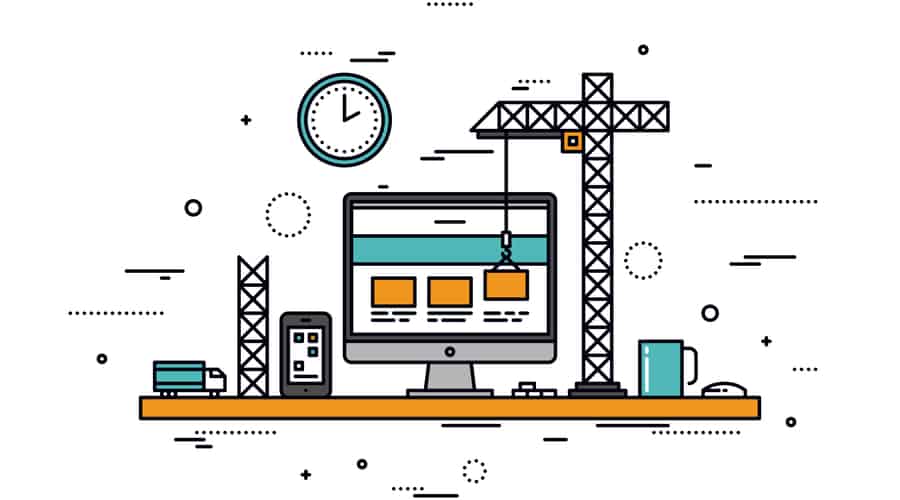If you’re new to Java programming and looking to expand your skills, exploring different frameworks is an exciting way to grow as a developer. Java frameworks provide a foundation for building software applications, saving you time and effort by offering best practices. The most popular Java framework is Spring Boot. It’s designed to make it easy to create stand-alone, production-grade applications that “just run.” Spring Boot offers easy setup and configuration, built-in support for databases, security, and web services, and a large, active community. Spring Boot is particularly suitable for building web applications and microservices. While it might seem overwhelming at first due to its many features, there are lots of beginner-friendly guides available to help you learn.
For those who want a powerful and fun framework, the Play Framework is an excellent option. Play follows the Model-View-Controller (MVC) pattern and is designed for building web applications. The standout feature is hot reloading, which means you can see your changes instantly without restarting the server. Play also comes with built-in testing tools and supports RESTful architectures by default. If you’re looking to build web applications quickly, Play could be an excellent framework to start with.
If you’re more interested in building APIs or microservices, check out Dropwizard. This compact framework integrates various well-liked libraries into a unified, user-friendly package. Dropwizard is acclaimed for its straightforward setup and configuration, offering built-in assistance for developing RESTful APIs. It also includes tools for metrics, logging, and testing. With its extensive documentation for beginners, Dropwizard can be an excellent choice for those looking to dip their toes into API development.
For developers who prefer Java for both backend and frontend development, Vaadin is a framework worth considering. Vaadin allows you to write user interfaces in pure Java. This is appealing if you’re more comfortable with Java than with web technologies like HTML and JavaScript. This framework comes with a large set of UI components and handles browser compatibility issues for you. Vaadin is particularly good for creating desktop-like web applications, and it is an ideal choice if you want to build web apps without immediately diving into web technologies.
While it’s primarily a Groovy framework, Grails is built on top of Spring Boot and used with Java. Grails is designed for rapid development and follows the “convention over configuration” principle, which means it makes many decisions for you so you can focus on writing your application logic. This framework comes with built-in ORM (Object-Relational Mapping) and a plugin system for easy extensibility. If you’re interested in quickly building database-driven web applications and don’t mind learning Groovy along with Java, Grails could be a great framework to explore.
As you’re learning, don’t be afraid to join online communities related to your chosen framework. Many frameworks have active communities on platforms where you can ask questions and get help when you’re stuck. Reading the official documentation, while not the most exciting task, gives you a deeper understanding of how the framework works and what it’s capable of. Remember that learning an unfamiliar framework takes time and patience. Start with small, simple java projects and gradually build up to more complex ones as you become more comfortable with the framework.

